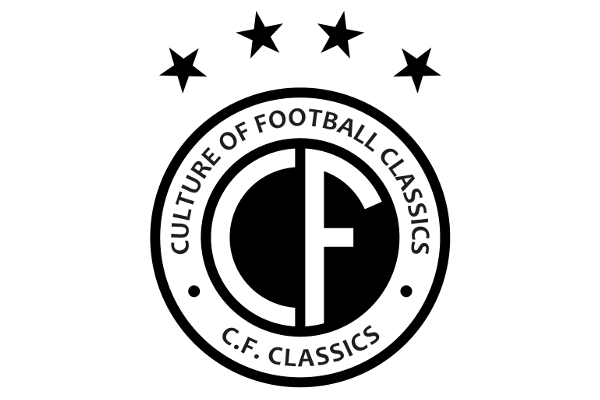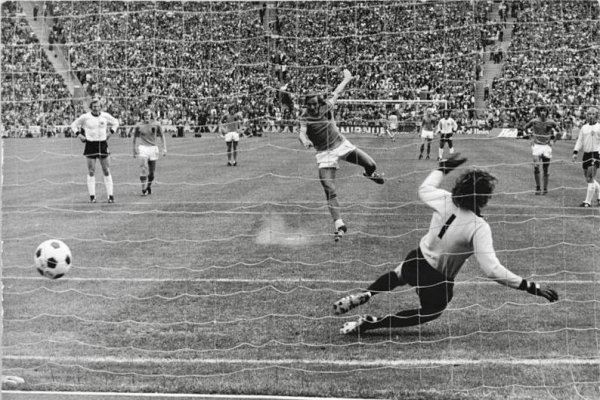World Cup Balls
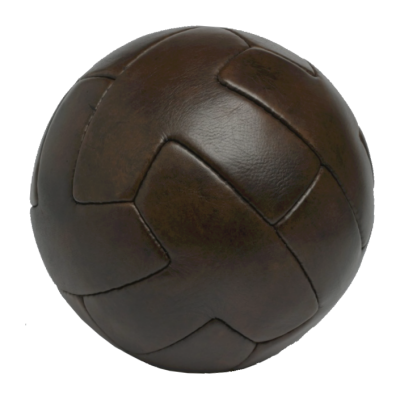
1930
T MODEL
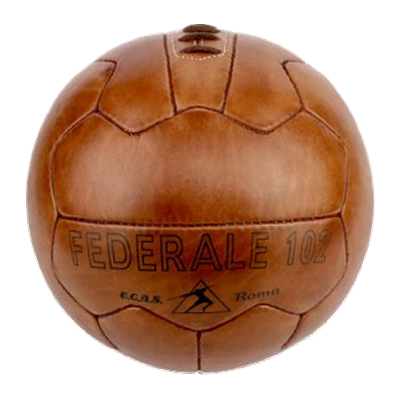
1934
FEDERALE 102
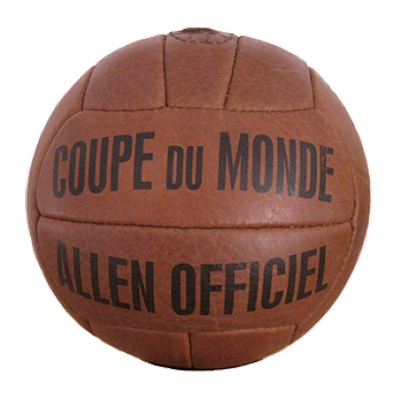
1938
ALLEN
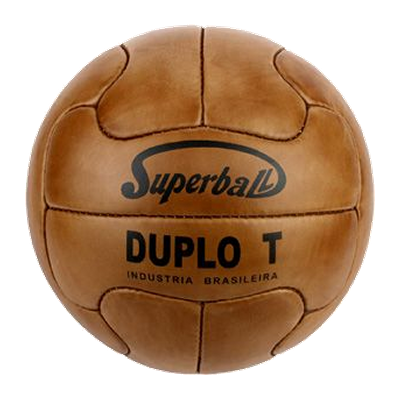
1950
SUPERBALL DUPLO T
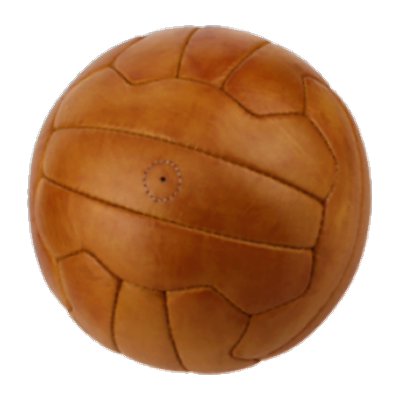
1954
SWISS WORLD CHAMPION
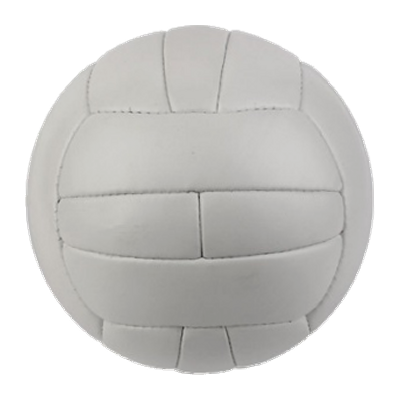
1958
TOP STAR
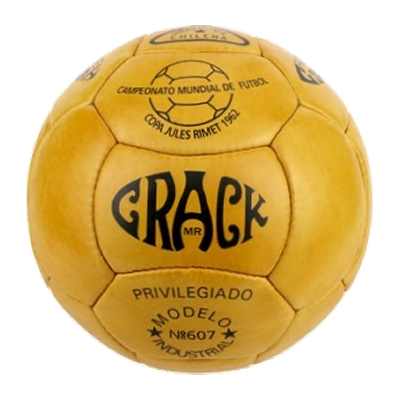
1962
CRACK
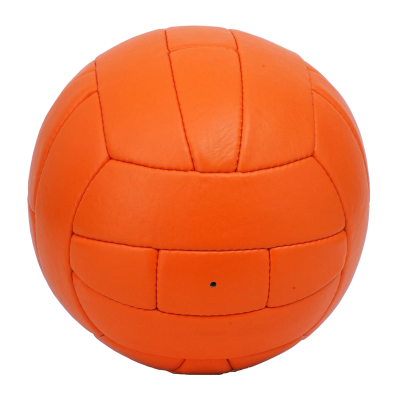
1966
CHALLENGE 4 STAR
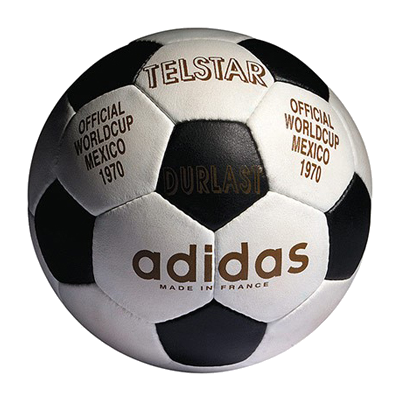
1970
TELSTAR
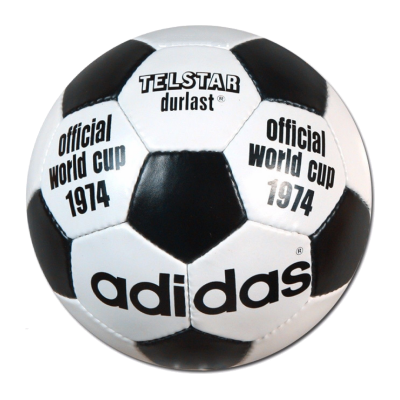
1974
TELSTAR DURLAST
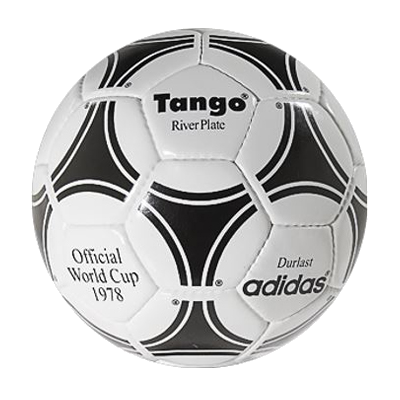
1978
TANGO
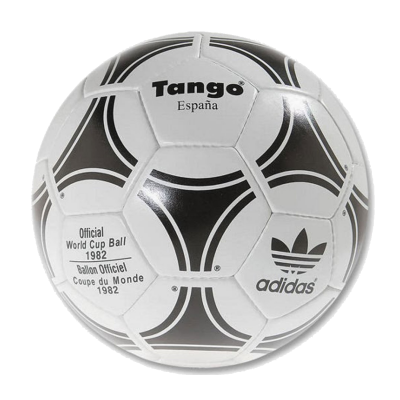
1982
TANGO ESPANA
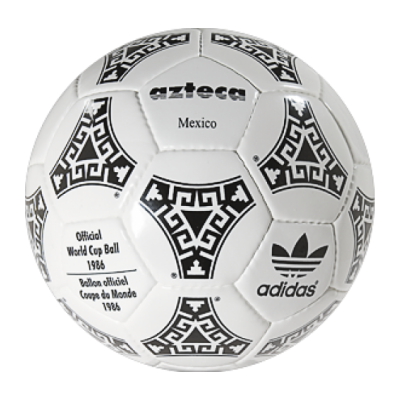
1986
AZTECA
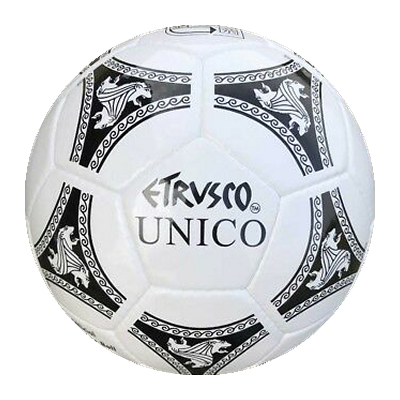
1990
ETRUSCO UNICO
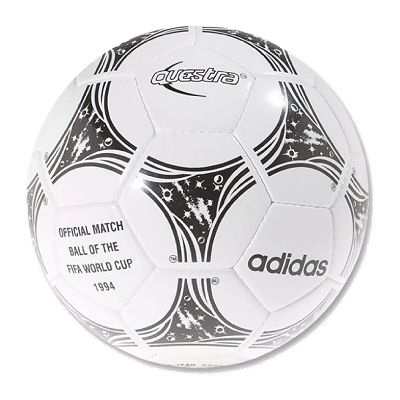
1994
QUESTRA
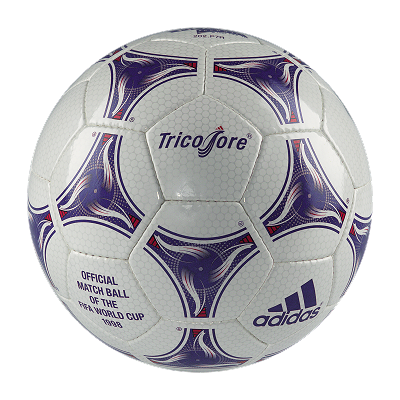
1998
TRICOLORE
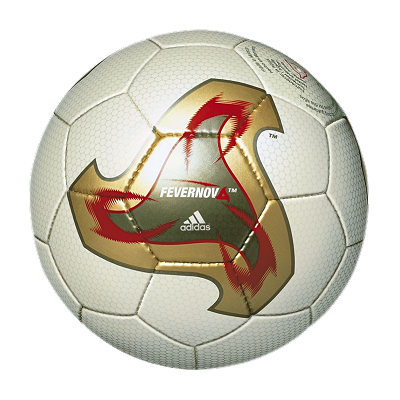
2002
FEVERNOVA
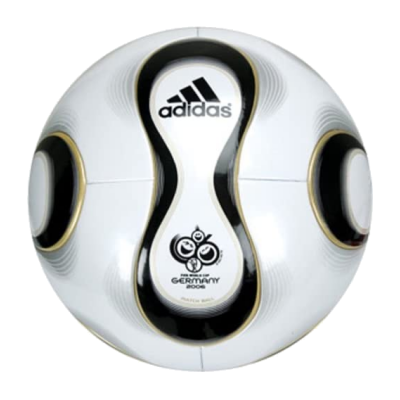
2006
TEAMGEIST
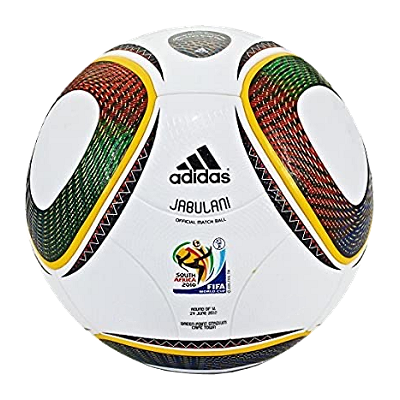
2010
JABULANI
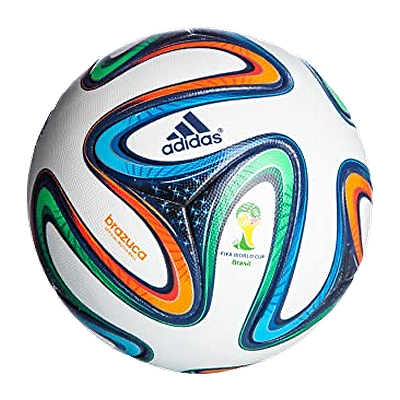
2014
BRAZUCA
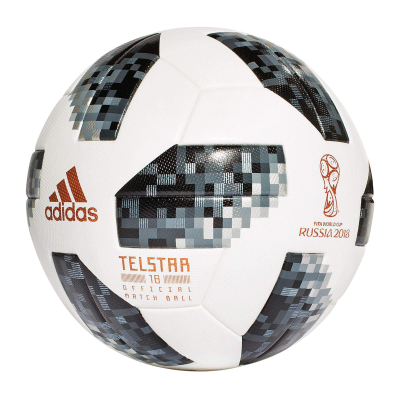
2018
TELSTAR 18
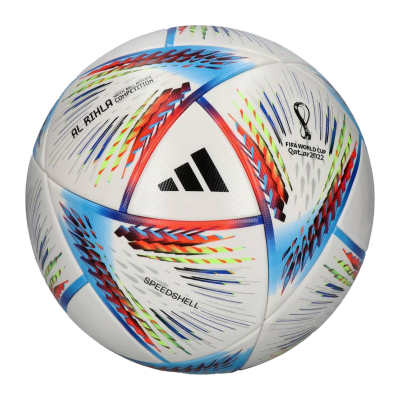
2022
AL RIHLA
THE WORLD CUP BALLS - IN DETAIL
1930 World Cup Ball -

1934 World Cup Ball -

1938 World Cup Ball -

1950 World Cup Ball

1954 World Cup Ball -

1958 World Cup Ball

1962 World Cup Ball

1966 World Cup Ball - Challenger Slazenger

During the 1950s, ball manufacturers had started painting the leather white so that the ball could be seen easier against the green/brown pitches. They'd also painted orange balls so that they could be used and seen in snowy conditions. It's unclear why they adopted an orange ball for the 1966 World Cup tournament, but it's quite an iconic part of that tournament, especially with some of the controversy in the final. As Geoff Hurst became the first (and still, the only) player to score a hat-trick in a World Cup final, no-one would have denied him the opportunity to claim the match-ball in honour of such a feat. However, someone did, as West German forward Helmut Haller claimed the ball and took it back to Germany! To be fair to Haller, 30 years later he returned it back to England, which was a nice touch.
1970 World Cup Ball - Telstar adidas

Mexico 70 marked the start of the adidas era of designing and manufacturing the official World Cup football. The Telstar had been introduced at the 1968 European Championships, with the Elast model. The 1970 version was just called the Telstar. Based on the iconic 32-panel ball, with 12 black panels and 20 white panels, not only did the pattern look good, it also helped visibility on black and white TV broadcasts, and this was the first World Cup to be broadcast globally.
The name comes from the Telstar satellite, a number of which were launched in the early 1960s and had a similar appearance to the football with the solar panels dotted around.
1974 World Cup Ball - Telstar Durlast adidas

adidas stuck with the Telstar for the West German tournament, but used the "Durlast" model, its polyurethane coating provided protection from damage and was also waterproof.
1978 World Cup Ball - Tango adidas

1982 World Cup Ball -

If it was possible to make the Tango from the 1978 World Cup look any better, then adidas somehow just managed it at España '82
1986 World Cup Ball -

1990 World Cup Ball -

1994 World Cup Ball -

1998 World Cup Ball -

2002 World Cup Ball -

2006 World Cup Ball -

2010 World Cup Ball -

2014 World Cup Ball -

2018 World Cup Ball -

2022 World Cup Ball -

Tweet
